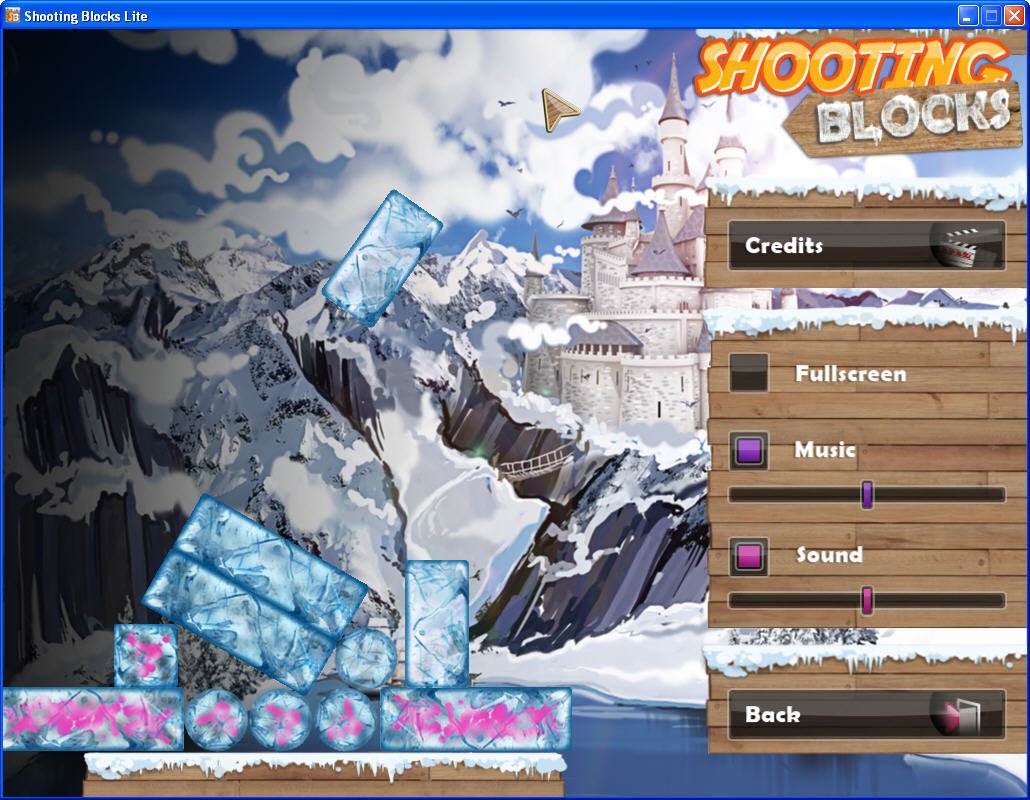
SHOOTING BLOCKS UNITY UPDATE
Unity calls the Update method several times per second, so if you don’t need a task to be repeated quite so often, you can put it in a coroutine to get a regular update but not every single frame.įor example, you can might have an alarm in your application that warns the player if an enemy is nearby with the following code: bool Proximit圜heck() You can use WaitForSeconds to spread an effect over a period of time, and you can use it as an alternative to including the tasks in the Update method. If you want to introduce a time delay, use WaitForSeconds: IEnumerator Fade() Coroutine time delayīy default, Unity resumes a coroutine on the frame after a yield statement. The loop counter in the Fade function maintains its correct value over the lifetime of the coroutine, and any variable or parameter is preserved between yield statements. To set a coroutine running, you need to use the StartCoroutine function: void Update() The yield return nullline is the point where execution pauses and resumes in the following frame. In C#, you declare a coroutine like this: IEnumerator Fade()Ī coroutine is a method that you declare with an IEnumerator return type and with a yield return statement included somewhere in the body. However, it can be more convenient to use a coroutine for this kind of task.
SHOOTING BLOCKS UNITY CODE
To work around this situation, you could add code to the Update function that executes the fade on a frame-by-frame basis. The intermediate values are never displayed, and the object disappears instantly. However, this example method executes in its entirety within a single frame update. To make the fading visible, you must reduce the alpha of the fade over a sequence of frames to display the intermediate values that Unity renders. In this example, the Fade method doesn’t have the effect you might expect. Coroutine exampleĪs an example, consider the task of gradually reducing an object’s alpha (opacity) value until it becomes invisible: void Fade()įor (float alpha = 1f alpha >= 0 alpha -= 0.1f) It’s best to use coroutines if you need to deal with long asynchronous operations, such as waiting for HTTP transfers, asset loads, or file I/O to complete.

If you want to use multi-threaded code within Unity, consider the C# Job System.

If you want to reduce the amount of CPU time spent on the main thread, it’s just as important to avoid blocking operations in coroutines as in any other script code. Synchronous operations that run within a coroutine still execute on the main thread. However, it’s important to remember that coroutines aren’t threads. In situations where you would like to use a method call to contain a procedural animation or a sequence of events over time, you can use a coroutine. This means that any action that takes place within a method must happen within a single frame update.
SHOOTING BLOCKS UNITY PLUS
In most situations, when you call a method, it runs to completion and then returns control to the calling method, plus any optional return values. In Unity, a coroutine is a method that can pause execution and return control to Unity but then continue where it left off on the following frame. A coroutine allows you to spread tasks across several frames.


 0 kommentar(er)
0 kommentar(er)
